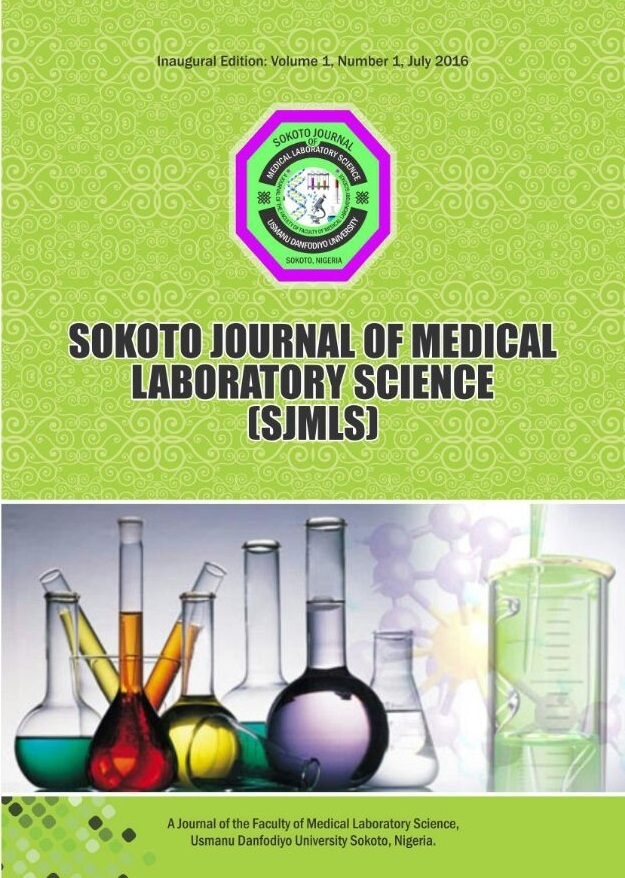Prevalence of Schistosoma Haematobium Amongst Secondary School Children in Ovia North East Local Government Area, Edo State.
Keywords:
Prevalence, Schistosoma haematobium, Secondary School, Children, Edo State.Abstract
Schistosomiasis is a disease caused by infection with parasitic blood flukes. It is also known as bilhaarziasis. Schistosomiasis has been a menace or scourge of ages causing global health challenges in the practice of medicine. Schistosoma haematobium is endemic in Nigeria and continues to pose a threat and challenge especially to inhabitants of rural communities. The aim of this study is to determine the prevalence of Schistosoma haematobium among Secondary School pupils in Ovia North East, Edo state, a geographically homogeneous region. Two hundred and fourteen (214) randomly selected urine samples were collected for the study. Direct wet preparation technique was used to determine the presence of Schitosoma haematobium ova in the urine samples. Questionnaires were also administered to parents of children to collect information on socio-demographic and water contact activities. An overall prevalence of 19.2% was observed among age 10-12 (39.0%) followed by 7-9 (29.2%). There was significant (p=0.0001) association in the prevalence of Schistosoma haematobiun infection in relation to activity in water bodies. The effect of gender and age were not significant statistically (p=0.5661) and (p=0.9978) respectively. Males had a higher prevalence rate 58.5% compared to females 41.5%. There was a statistically significant difference in the prevalence of Schistosoma haematobium based on the source of water supply (p=0.001). Infection can be controlled through public education campaign programmes, eliminating the snail host, provision of portable water and the use of schistosomicides.




